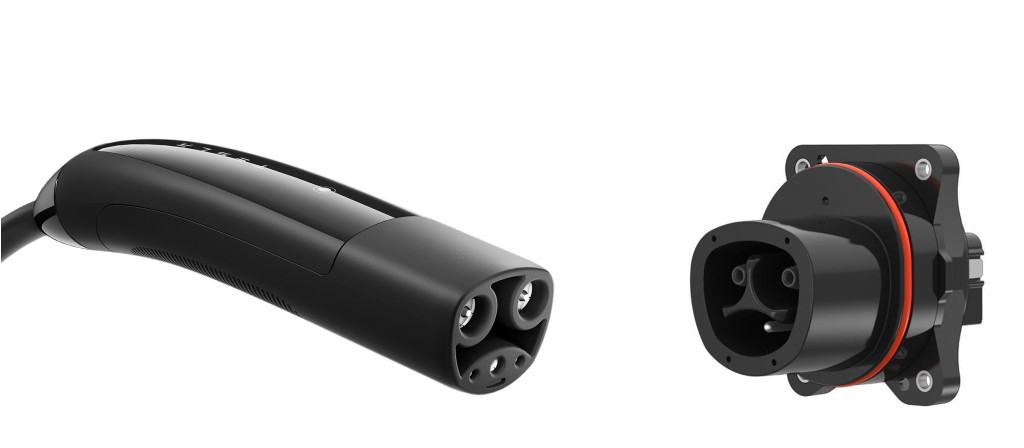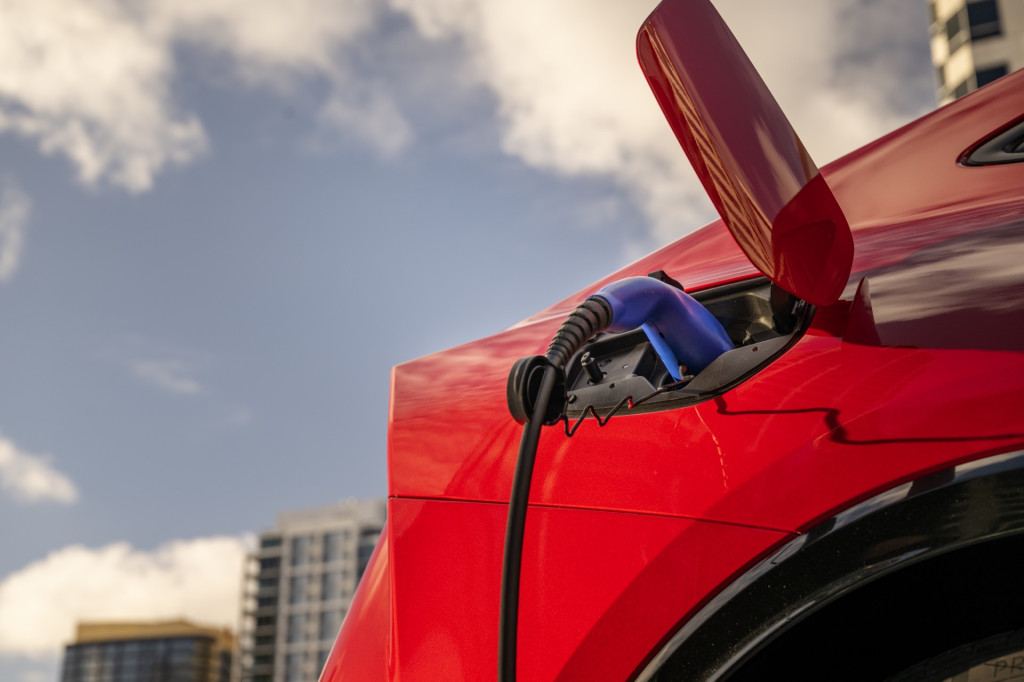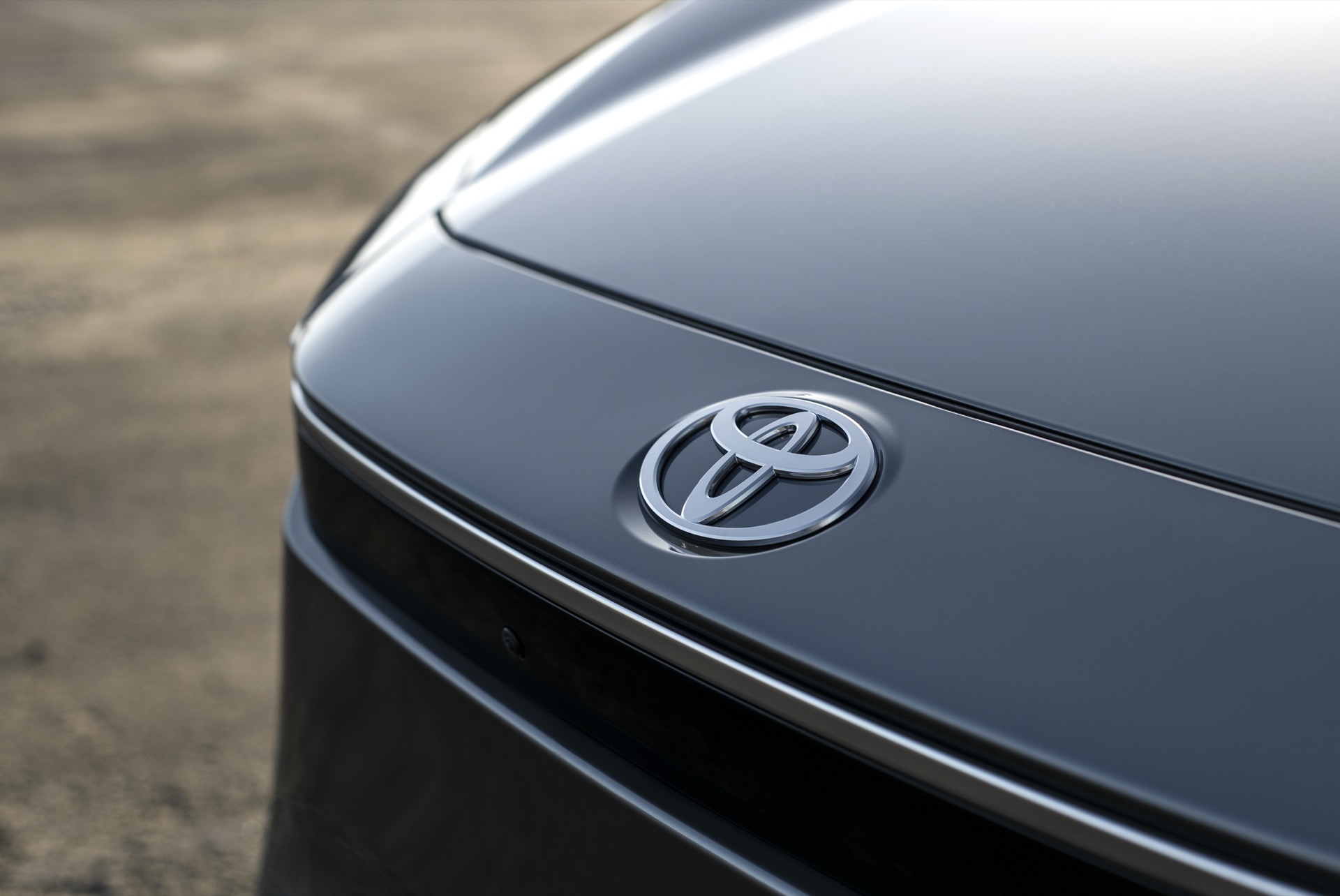Toyota and Lexus have confirmed that starting in 2025 they will begin adopting the North American Charging Standard (NACS) based around Tesla’s charge-port design, with drivers of current EVs from the brands getting access to more than 12,000 Tesla Superchargers in 2025 through an adapter.
Toyota made clear in the announcement that the new three-row electric SUV due to be built in Kentucky in 2025 will get the NACS port.

Tesla Supercharger connector – now called NACS
That said, Toyota’s luxury brand Lexus might offer faster rollout of EVs in the U.S., based on some hints from the company. Earlier this month, Toyota reiterated an aim for Lexus “of transforming into a battery electric vehicle brand by 2035.”
Toyota has also recently plotted out the timeline for solid-state battery tech, which may allow faster charging, packaging advantages, and perhaps either longer-range or lower cost versus current battery formats.
The company emphasized the additional DC fast-charging access that NACS permits, but it didn’t get into details about how soon its plug-in hybrids will make the shift. Toyota now has RAV4 Prime and Prius Prime plug-in hybrids, with more expected soon. Lexus, which not too many years ago asserted that plug-in hybrids weren’t its future, now has two plug-in hybrids in the lineup with a third, the TX 550h+, on the way early next year.

2023 Toyota Prius Prime
Toyota and Lexus are among the last holdouts among full-line vehicle brands to announce a shift to NACS. Other noteworthies include Stellantis and the VW Group.
In the near future, NACS may prove more important to Lexus though. In 2022, Lexus chief engineer Takashi Watanabe told Green Car Reports that it has developed an 800-volt EV platform, with a suggestion it’s intended for larger models with batteries over 100-kwh. With company hints that Toyota will focus on EV affordability, while future Lexus EVs will aim for high range numbers, seamless road-trip charging is key to giving Lexus EV drivers the experience they’re buying into.










